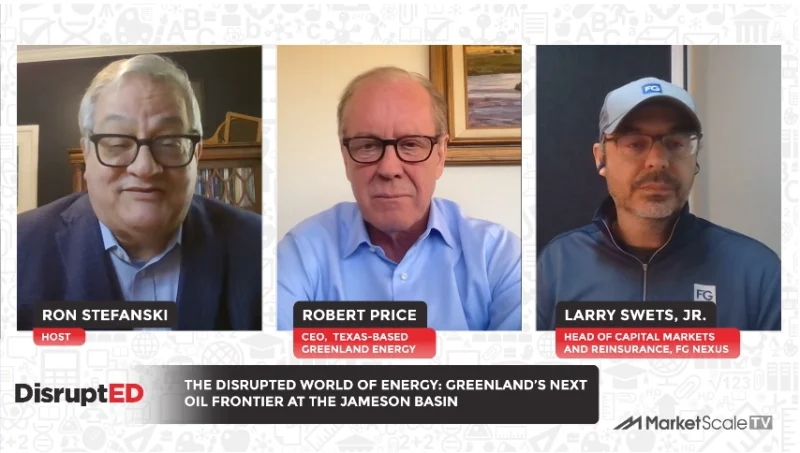Can the Texas Energy Grid Overcome its Own Legacy of Issues for the Winter Season?
Commentary:
For U.S. states in the south and midwest, the first few months of 2021 were marked by a massive winter storm that shut down energy grids, left communities with rolling blackouts for days, halted the flow of goods, severely crippled social services, and even left hundreds dead. Though the storm itself was particularly punishing, state and local governments were also critiqued for a lack of preparedness to mitigate the storm in real time, inefficient measures for maintaining energy and economic stability, and disorganized communications during the emergency.
One of the principal issues across most of the states heavily affected by the storm was an energy grid infrastructure incapable of handling a prolonged ice storm, with few safety nets to continue operations during critical times. In Texas, this issue was identified as early as 2011, when utilities regulators made recommendations to protect the grid from rolling blackouts after a similar ice storm. Couple that with Texas’ 2021 summer outages, and the energy grids’ issues seem more persistent than otherwise.
Is Texas dealing with a generational energy problem? If so, what should both the state and energy companies do to build that resiliency into place before winter rolls around the corner? Michael Davies, Research Analyst at Green Econometrics, gave us some perspectives on how Texas is uniquely vulnerable to poor grid management, how a holistic approach to energy technology investments will be part of the solution, and how these strategies will impact homeowners’ winter heating.
Abridged Thoughts:








